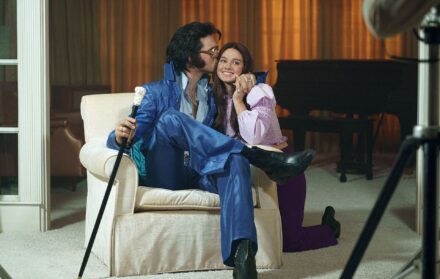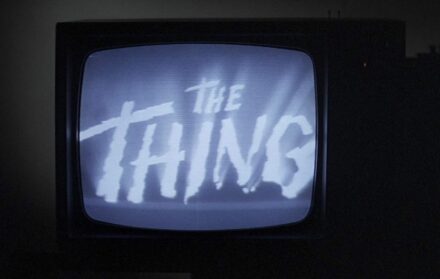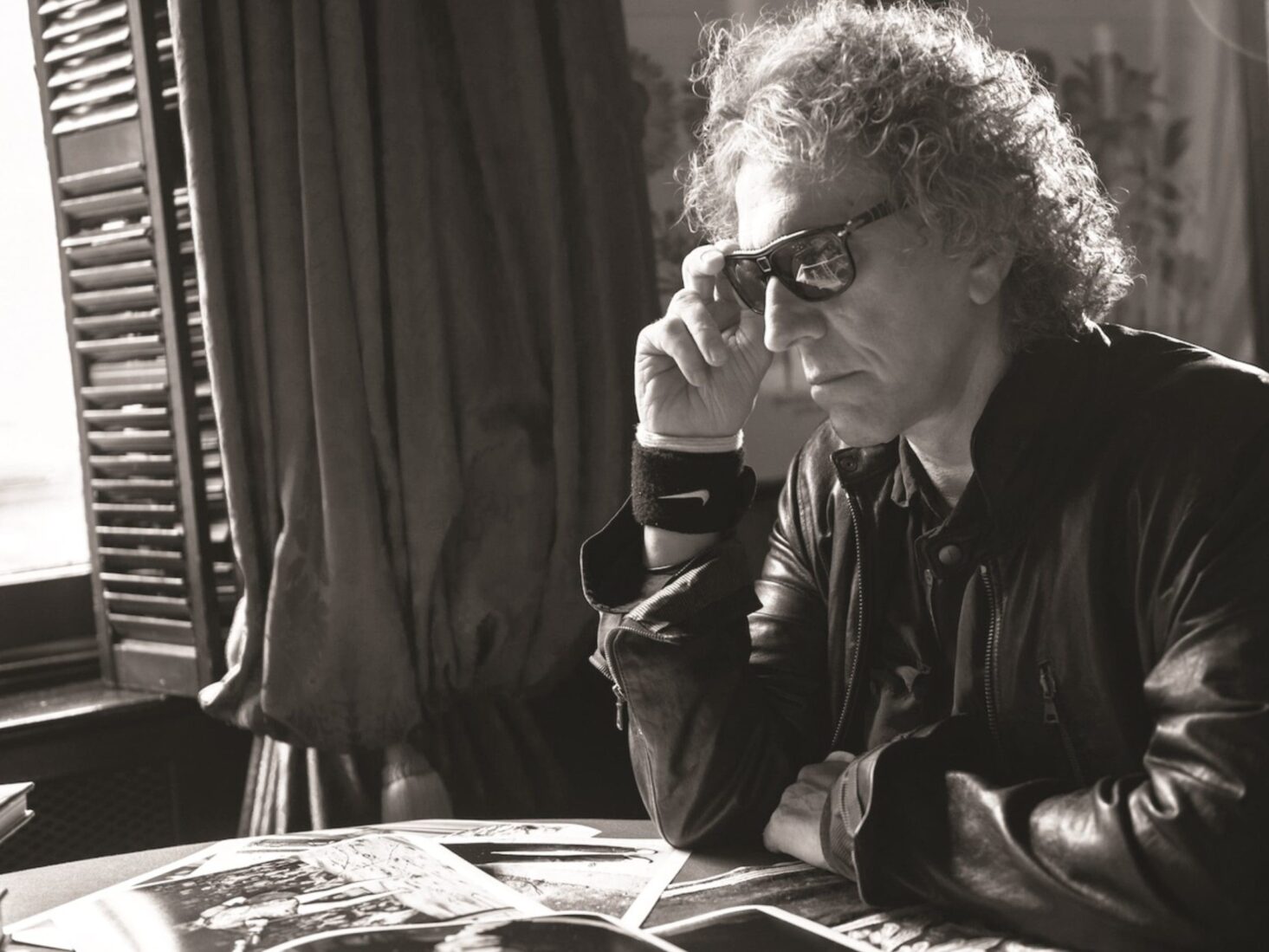
Legendary rock ‘n’ roll photographer Mick Rockrevisits some of his best-known shots
His images helped define an era. Now, 50 years after picking up a camera, David Bowie’s former official photographer, Mick Rock, collaborates with street artist Fin DAC to reinterpret some of his most famous captures.
It’s not as though I’ve made it up or something,” laughs the photographer Mick Rock. “Lou Reed would always say ‘I know your name’s not really Rock. It’s Rockheimer and you’re from Long Island’. But my name is just the way it turned out. It’s not like I had much to do with it. It’s not a showbiz name. It just works.”
Not only does Rock – London-born but now living in New York – sound the part, he also looks the part: dark layers, arty scarf, shades and, even at 73, big hair. “I don’t think it would have worked for me to be bald. I think I’ve always needed a bit of hair to frame my boat race,” says the man who looks like a 21st-century take on those rebel poets – Baudelaire, Coleridge – who have proven something of a role model for him. “Hair is part of the things that define a generation and I do think I’m very much a child of my generation. It’s odd but you can’t quite picture Bowie or Iggy without hair and still being ‘Bowie’ or ‘Iggy’, either.”

Rock isn’t some inveterate name-dropper: these rock gods were his subjects, but also his friends. Rock, in fact, isn’t mad on the soubriquet that has followed him for the last few decades – ‘the man who shot the 70s’ – not least because he hasn’t stopped working. Snoop Dogg and Daft Punk have faced his lens. Last year, he shot the cover for Miley Cyrus’s album Plastic Hearts. He’s now collaborated with the street artist Fin DAC on the Midaro project. As well as graphically reinterpreting some of Rock’s best-known shots, the project will see the release of four previously unseen photographs, all of which will be available in limited-edition prints. There’s also Shot!, a book of Rock’s greatest hits, due out later this year.
Rock does, however, concede that it is for the images he shot during the glam decade that he is best known: of Lou, Iggy and Bowie, not to mention Debbie Harry and Talking Heads, Bryan Ferry and Syd Barrett. It was Rock who shot the video for Life on Mars and Space Oddity; who created album cover work for the likes of Reed’s Transformer and The Stooges’ Raw Power; who took that shot for the cover of Queen’s Queen II album, which was recreated for the Bohemian Rhapsody video.

“Yet I didn’t set out to become a photographer,” says Rock, who studied Medieval and Modern Languages at Cambridge, where he first got the buzz of being behind a camera, albeit one, he later found, with no film in it. “Professionally, I just pointed a camera and talked, and that worked. I gave out the right energy. But I can’t think of how it could have been any other way. I was never going to get a proper job, and that way of thinking wasn’t so easy in 1970.
“Photography was considered fairly low down the list [of respectable occupations]. My mother certainly didn’t think it was a proper job. You had to hustle your way. But all these characters kept tumbling in front of my lens. I don’t think that means it was luck that I was in the right place at the right time. I think these things are written somewhere. And then you end up becoming some kind of character yourself – ‘that rock ‘n’ roll photographer called Mick Rock’.”
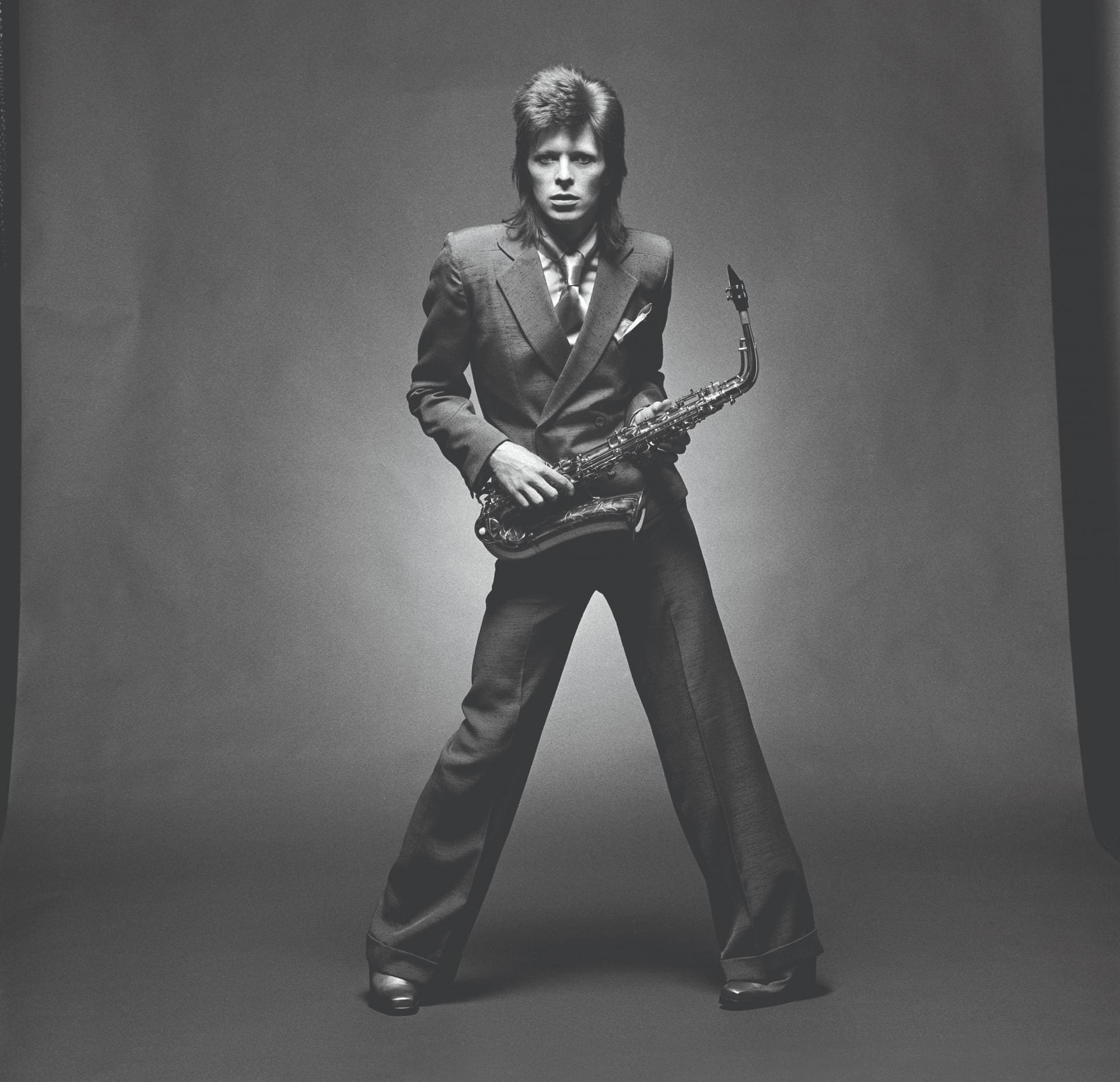
Certainly, rather than the voyeur’s sense of distance that many photographers maintain, Rock became integral to the world he documented. He was right in there. With that came a prodigious indulgence in drugs – cocaine, LSD, “whatever would jump me up a little bit” – which he mixed with cigarettes, nominal sleep and minimal food – “because food was just a drag”. Plenty, too, of what were then the esoteric practices of yoga, breath retention and the like.
“Those altered states definitely helped me develop my eye,” says Rock. It also gave him some unusual experiences – like the trip during which he saw Lord Byron walking down the high street, gimpy leg and all, and chased him around the corner where he disappeared. “I do believe that kind of thing happens because I believe in the metaphysical. To me it’s all so obvious,” he says. “Sure, [the creativity of the 70s] was a lot about the drugs, but not just about the drugs, so much as about the wider culture. And probably that era wouldn’t have been what it was without [those mind-bending drugs and practices either]. But then I nearly died – and, well, that seemed to change things… It was a tap on the shoulder. ‘Oh, it’s him…’.”
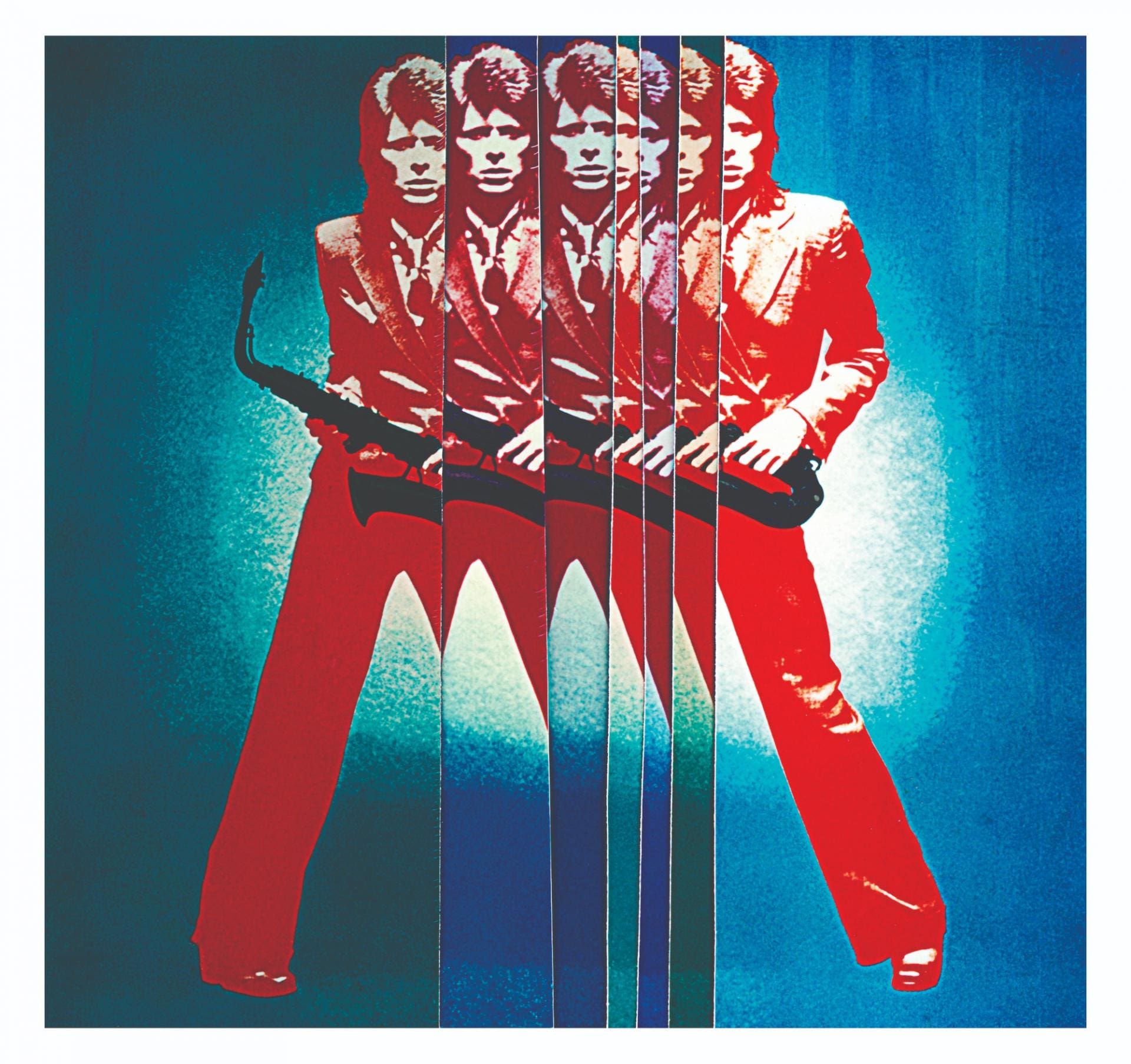
A quadruple heart bypass, and later a kidney transplant, and it’s remarkable that Rock is still rockin’ ‘n’ rolling. But then, as he points out, both of his parents lived well into their 90s, so maybe he’s just got the genes for survival. What’s more, he’s lived to cash in on his work-hard-play-hard approach. He’s lived through wild changes in the perception of photography – from jobbing work (in his early days, Rock would actually turn up to interview these acts, and just took some pictures while he was there to save the publication money) to attaining the status of art. One idea he did embrace faster than many photographers was to retain his copyrights. Society’s current fascination with 70s icons is now paying dividends. It’s payback for long periods of his career – a decade or more – when he didn’t get to work at all.
“It amazes me how in demand images from that [1970s] period are today, how fertile it is. Though I shot other stuff [at that time too], I’m lucky to have my [equivalent of the] Mona Lisa. In fact, I have three or four Mona Lisa’s, although the Mona Lisa is in the public domain, so anyone can have a bit of it – if you have a bit of my stuff I’ll sue the living daylights out of you,” Rock laughs.

“I’ve been offered millions for my archive. So why not cash in and do a Bob Dylan? Well, if it was worth that much I might be tempted, because that’s just unbelievable,” adds Rock. “I have thought about it but it’s not going to happen right now. When it does I plan to leave some to the yogis and some to my college, because that’s where I learnt all my mischief.”
It’s a life of such mischief that the idea that Rock also liked to compose and shoot traditional still life pictures on the side somehow just doesn’t ring true, though he insists he did, and that they’re all part of that archive that he’s slowly working his way through. “It lives with me,” says Rock. “It’s like a wife.”
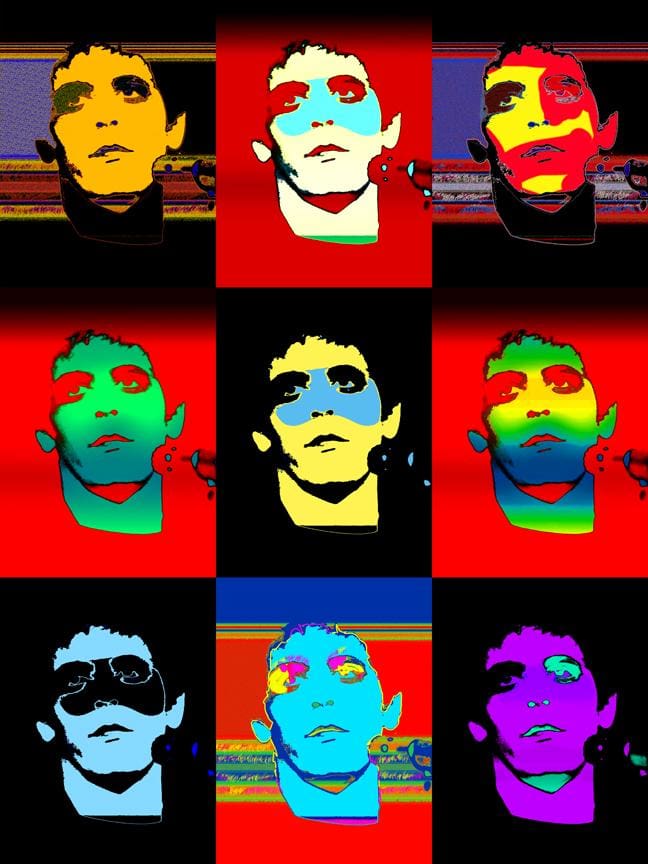
Rock knows there are some good shots of Madonna hidden in there somewhere, if he can ever find them. Others of Motörhead and Kiss, sans make-up; of Johnny Rotten and Mick Jagger; some more of Freddie Mercury. In fact, if you rocked in rock music’s golden era, it’s likely that Mick Rock took your photo. He’s part of rock history.
“Oi,” he says, “less of the ‘history’. Part of the rock story maybe. And I’m still here.”
The Fin DAC works and Mick Rock’s limited-edition not-seen-before prints are available from west-contemporary-editions.com




